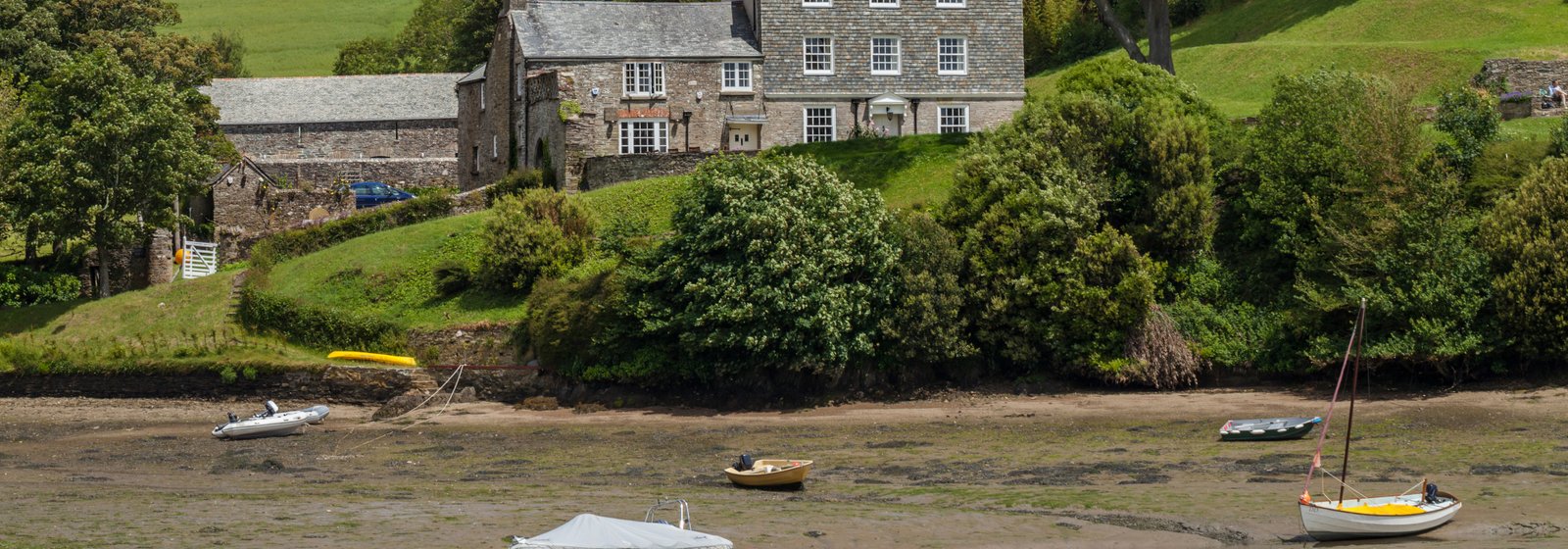Suffolk's stunning coastline stretches for 50 miles from Felixstowe to Lowestoft, offering some of England's most desirable seaside properties. From the prestigious beaches of Southwold and Aldeburgh to the working harbors of Pin Mill and Orford, coastal properties in Suffolk present unique surveying challenges that require specialist expertise.
Surveying coastal properties requires understanding of marine environments, erosion patterns, salt damage, flood risks, and the specific building techniques used in seaside locations. This comprehensive guide explores the critical considerations for anyone buying, selling, or maintaining coastal property in Suffolk.
Primary Coastal Risks in Suffolk
Coastal Erosion
Suffolk's soft cliff coastline is particularly vulnerable to erosion, with some areas losing several meters per year.
Pakefield, Easton Bavents, Dunwich, parts of Aldeburgh
0.5m - 3m per year depending on location and sea defenses
Distance to cliff edge, erosion monitoring data, sea defense condition
Flood Risk
Tidal flooding and storm surge risks affect many coastal properties, particularly during high tides and adverse weather.
High probability areas - annual probability 1 in 100 or greater
River Orwell, Stour, Blyth, and Waveney estuaries
Flood Re scheme may apply, specialist insurance required
Salt Air and Marine Corrosion
Constant exposure to salt-laden air accelerates corrosion of metals and deterioration of building materials, requiring specialist maintenance approaches.
Metal Components
- • Window frames and fittings
- • Roof fixings and guttering
- • External pipework
- • Structural steelwork
Building Materials
- • Mortar joint deterioration
- • Render and coating failure
- • Timber decay acceleration
- • Concrete spalling
Protective Measures
- • Marine-grade materials
- • Regular maintenance programs
- • Specialized coatings
- • Improved ventilation
Specialist Coastal Property Surveying
Coastal property surveys require additional expertise beyond standard building surveys, incorporating environmental risk assessment, marine engineering knowledge, and understanding of coastal protection measures.
Enhanced Coastal Building Survey
Standard RICS Level 3 Building Survey enhanced with coastal-specific assessments and risk analysis.
Standard Survey Elements:
- Structural condition assessment
- Building services evaluation
- External fabric inspection
- Internal accommodation review
Coastal Enhancements:
- Erosion risk assessment
- Flood risk evaluation
- Salt damage investigation
- Sea defense condition review
Environmental Risk Assessment
Erosion Analysis:
- • Historical erosion rates from OS maps
- • Current distance to cliff edge
- • Geological composition assessment
- • Sea defense effectiveness
- • Future predicted erosion patterns
Flood Risk Evaluation:
- • Environment Agency flood maps
- • Tidal surge probability
- • Property elevation levels
- • Drainage and surface water
- • Climate change projections
Coastal Condition Assessment
External Fabric
- • Salt damage to rendering
- • Window frame corrosion
- • Roof covering condition
- • Chimney and flashing integrity
- • External door weatherproofing
Building Services
- • Electrical system corrosion risk
- • Central heating pipework
- • Water supply resilience
- • Drainage system adequacy
- • Ventilation effectiveness
Structural Elements
- • Foundation stability
- • Wall tie corrosion
- • Timber frame moisture
- • Concrete carbonation
- • Settlement indicators
Suffolk Coastal Property Locations
Each section of Suffolk's coastline presents different challenges and characteristics that affect property surveying considerations.
Northern Suffolk Coast
Key Locations:
- • Lowestoft
- • Pakefield
- • Kessingland
- • Southwold
- • Walberswick
Characteristics:
- • Soft cliff coastline
- • High erosion rates
- • Sandy beaches
- • River estuaries
- • Conservation areas
Survey Priorities:
- • Cliff stability assessment
- • Heritage considerations
- • Flood risk evaluation
- • Tourism impact factors
- • Access route sustainability
Central Suffolk Coast
Key Locations:
- • Aldeburgh
- • Thorpeness
- • Leiston
- • Sizewell
- • Dunwich
Characteristics:
- • Shingle ridges
- • Nuclear facilities nearby
- • AONB designation
- • Historic settlements
- • Nature reserves
Survey Priorities:
- • Shingle movement patterns
- • Planning restriction impact
- • Groundwater considerations
- • Nuclear proximity factors
- • Conservation compliance
Southern Suffolk Coast & Estuaries
Key Locations:
- • Orford
- • Woodbridge
- • Felixstowe
- • Harwich approaches
- • River estuaries
Characteristics:
- • Major port facilities
- • Tidal rivers
- • Saltmarsh areas
- • Container shipping
- • Ipswich proximity
Survey Priorities:
- • Tidal surge risk
- • Industrial impact assessment
- • Saltwater intrusion
- • Transport infrastructure
- • Commercial development
Insurance and Legal Considerations
Coastal properties face unique insurance challenges and legal considerations that can significantly impact property values and ongoing costs.
Insurance Challenges
Flood Insurance
High-risk coastal properties may require specialist flood insurance or be eligible for Flood Re scheme
Erosion Risk
Properties close to cliff edges may face insurance restrictions or higher premiums
Storm Damage
Coastal exposure increases storm damage risk, affecting building insurance costs
Subsidence Risk
Cliff instability and ground movement can complicate subsidence insurance
Legal Considerations
Planning Restrictions
Coastal areas often have strict planning controls affecting modifications and extensions
Environmental Designations
AONB, SSSI, and heritage designations can limit development options
Coastal Defense Rights
Rights and responsibilities for coastal defense maintenance and funding
Beach Access
Public rights of way and access rights affecting property privacy
Survey Recommendations for Coastal Properties
Essential Investigations:
- • Detailed erosion risk assessment
- • Flood risk evaluation and modeling
- • Salt damage condition survey
- • Sea defense condition assessment
- • Environmental impact evaluation
Additional Considerations:
- • Insurance availability confirmation
- • Planning restriction review
- • Access route sustainability
- • Utility service resilience
- • Future development potential
Expert Coastal Property Surveys
Protect your coastal property investment with specialist surveying services from Suffolk's leading RICS chartered surveyors.
